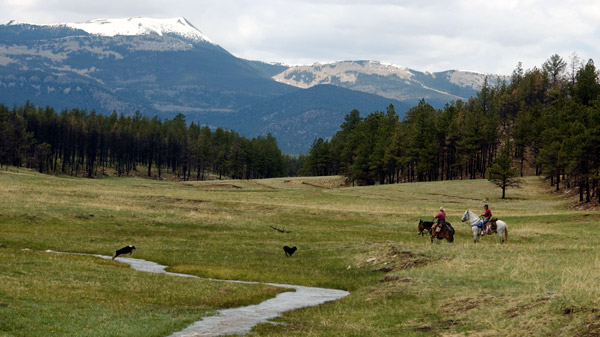ImBillT
Well-known member
- Joined
- Oct 29, 2018
- Messages
- 3,996
Upon skimming pages 16 and 17 of the statute, it does appear as though the assessment of license allocation is on a hunt code basis, not a total tags issued for a species. It would be helpful for NMGF to make this obvious in their publications.
Unless I missed something, any fraction less than .5 is supposed to round down, and any fraction .5 or greater is supposed to round INLCUDING FOR RESIDENTS. I may have missed the always round up for resident portion, but if I didn’t, it is the always rounding up for residents that is causing the issues in the first place.
I don’t think I missed it. It looks like resident tags are not supposed to be rounded up unless their fraction is .5 or greater.
Edit: NPaden already pointed that out.
Unless I missed something, any fraction less than .5 is supposed to round down, and any fraction .5 or greater is supposed to round INLCUDING FOR RESIDENTS. I may have missed the always round up for resident portion, but if I didn’t, it is the always rounding up for residents that is causing the issues in the first place.
I don’t think I missed it. It looks like resident tags are not supposed to be rounded up unless their fraction is .5 or greater.
Edit: NPaden already pointed that out.
Last edited:






